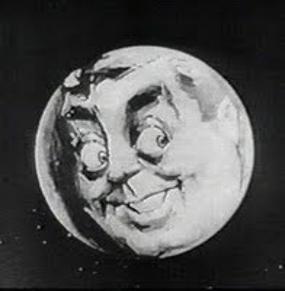http://www.sciencemag.org/news/2010/10/folklore-confirmed-moons-phase-affects-rainfall wrote:
Folklore Confirmed: The Moon's Phase Affects Rainfall
By Kristen Minogue, Science Mag., Oct. 6, 2010
<<Zuni Indians thought a red moon brought water. 17th-century English farmers believed in a "dripping moon," which supplied rain depending on whether its crescent was tilted up or down. Now scientists have found evidence for another adage: Rain follows the full and new phases of the moon.
Most studies on the weather and moon phases appeared in the 1960s and seemed to lend credence to lunar folklore. Researchers detected more peaks in rainfall in the days after the full and new moons, for example. Recently, three researchers decided to revive the issue when they stumbled across a link between moon phases and stream runoff while working on another project. They will soon publish in Geophysical Research Letters one of the most comprehensive studies yet, with more than a century of data from across the continental United States.
The researchers, a team comprised of geographers and climatologists from Arizona State University (ASU), Tempe, and the National Climatic Data Center (NCDC) in Asheville, North Carolina, ...turned to the U.S. Historical Climatology Network, a database with daily precipitation information for more than 1200 stations from as early as 1895.
True to farmers' wisdom, precipitation tended to rise a few days before the quarter moon. It's not a strong link. .. But they do seem to account for 1% to 2% of the total changes in rainfall or stream runoff. "It's a real effect, but it's a real small effect," Thorne says.
The researchers still aren't sure how the moon exerts this effect. Most guesses also come from the 1960s and '70s. Back then, some scientists suggested that the moon's orbit could distort the magnetosphere, a region of ionized particles surrounding Earth's protective magnetic field. This might allow more particles from space into the atmosphere, where they could trigger rain when they collide with clouds. Others speculated that the moon's orbit could increase the amount of meteoric dust reaching Earth, which could also trigger rain when it hit clouds, or that the moon could create a pressure bulge that would affect storm systems—a hypothesis floated by the study's lead author, Randall Cerveny of ASU Tempe.>>
 Find the Man in the Moon
Find the Man in the Moon
